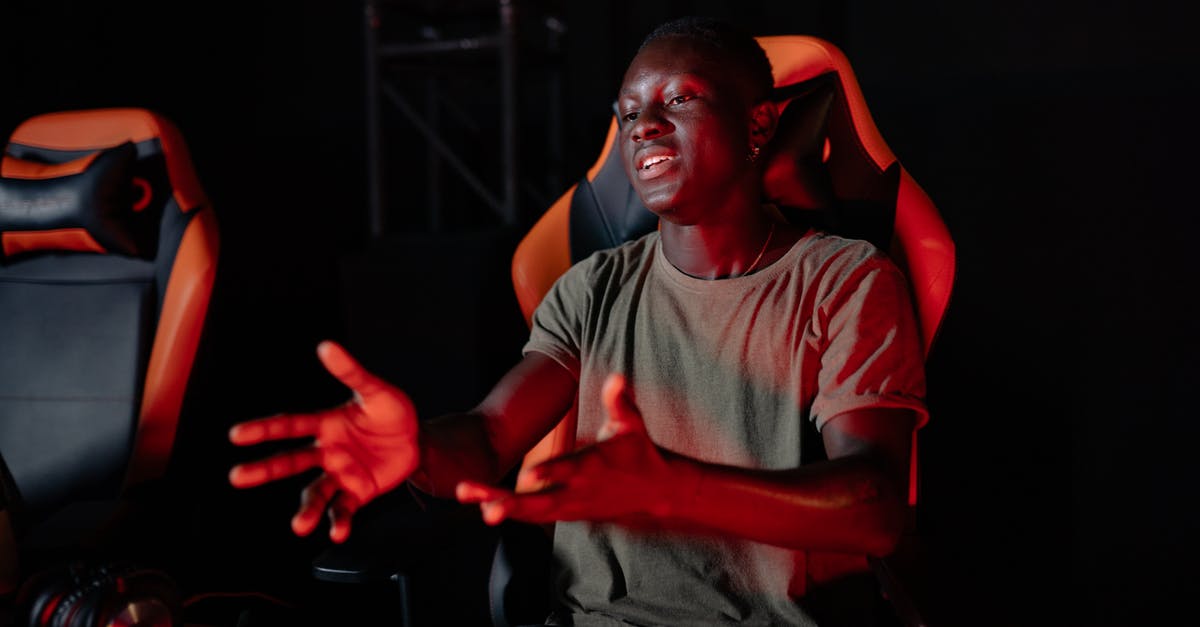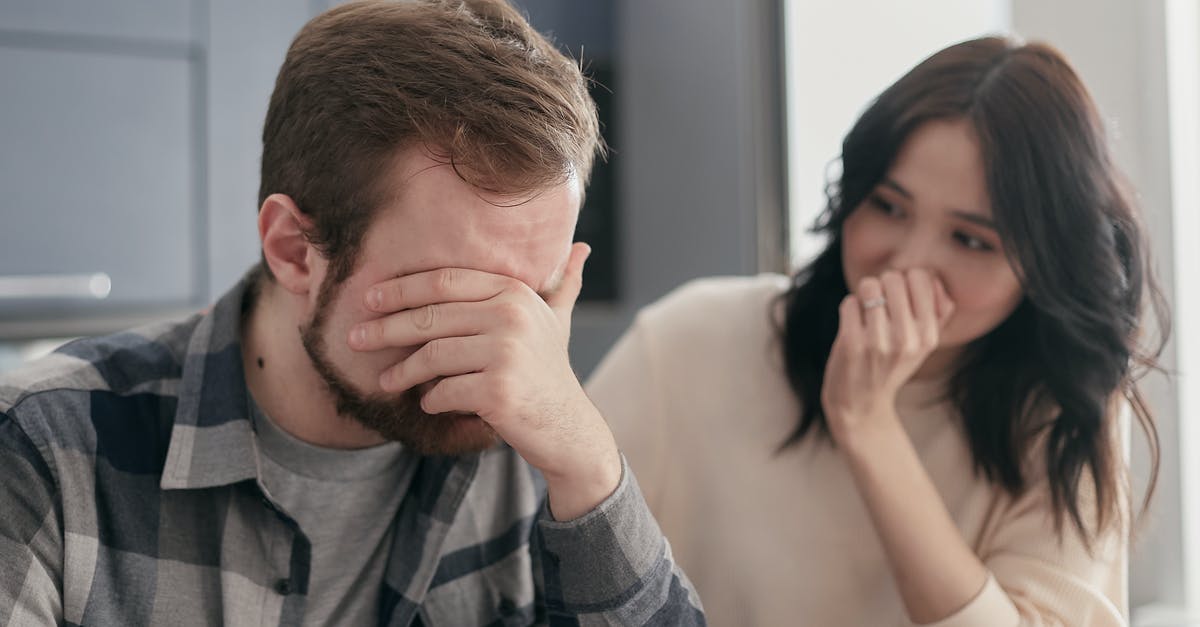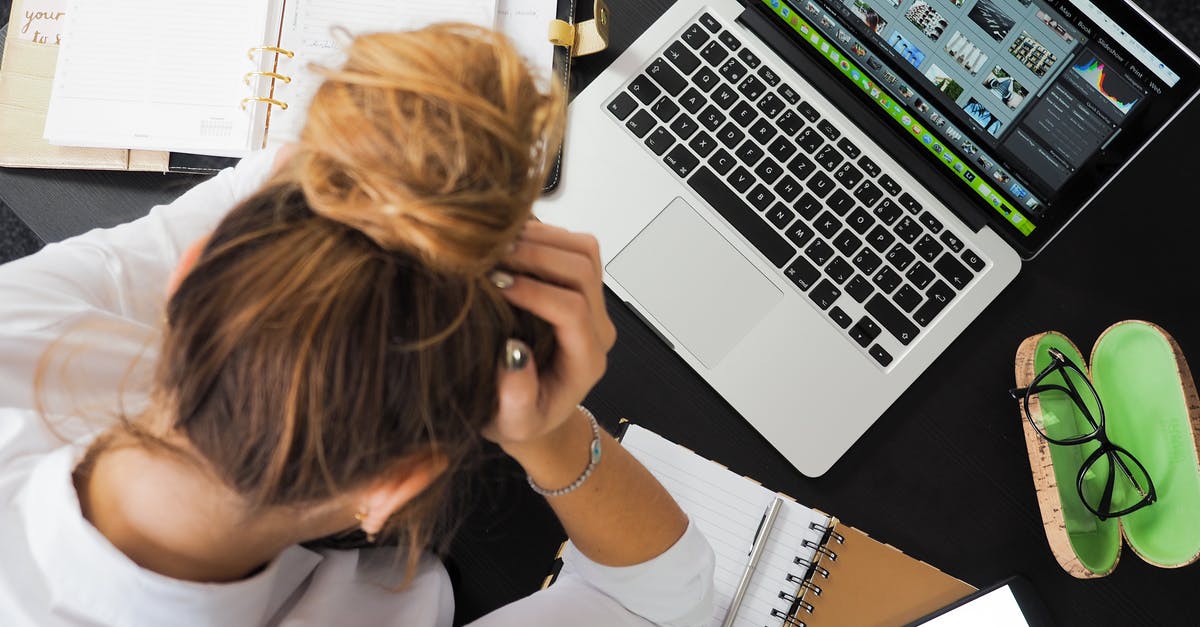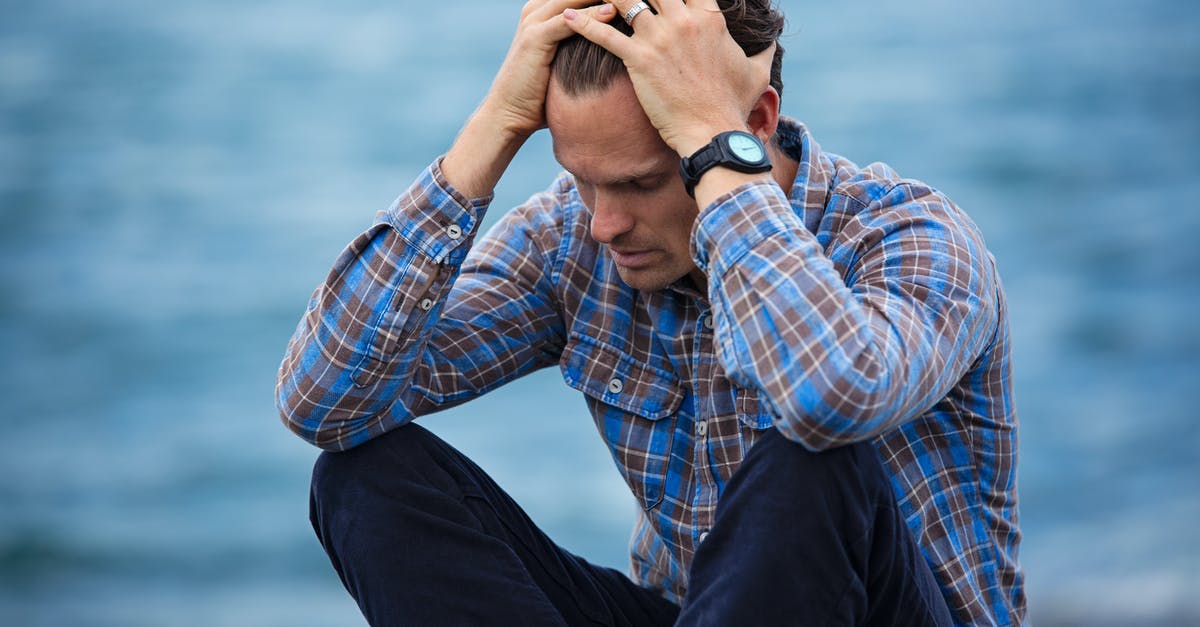Sous Vide Frustrations

I recently purchased an Anova Precision Cooker circulator and have been unsuccessful in both attempts to cook meat using the sous vide technique, and I'd like to figure out why.
Attempt #1 - Ribeye Steaks
Setup
2 1.75" thick ribeye steaks, salted, vacuum-sealed and in the bath for about 2 hours at 115 F - the meat was quite gray when it came out. I then finished with a sear on screaming hot cast iron, flipping once a minute and basting with a mixture of animal fats. After 5 minutes on the grill, I started using a Thermapen to probe the internal temperature
Result
There was quite a bit of banding and the center of the meat turned out to be closer to medium than medium rare. I've since learned salting before is a bad idea when using sous vide, and these particular ribeye cuts were relatively poor quality.
Attempt 2 - Pub-Style burgers
Setup
2 3/4" thick burger patties made from 1 lb of food-processed sirloin steak. The patties contained melted butter and pepper (not salt), were ziploc bag-sealed, and left in a 133 F water bath for 50 minutes. They were then finished in a very hot stainless steel pan and bacon fat, about 1 minute (perhaps a bit more) on each side.
Result
Awful - completely dry and lacking flavor. One of the patties happened to break up slightly when removing it from the ziploc bags and I noticed it was completely gray throughout. The burger that remained intact also turned out entirely gray.
I tend to favor the reverse-sear method for cooking meat, and have successfully cooked both of the above recipes many times by starting the meat in a 225 F oven, raising its internal temperature to 115 F, and finishing with a sear and frequent flipping until medium rare is achieved. So far, sous vide has failed to replace my favored approach, and I don't understand why.
What I've tested
- The Anova is working correctly, verified the same temperature as measured by my Thermapen in an empty pot of water.
- The burgers were not salted, so no more moisture was pulled out than necessary.
Unknowns
- The bags tend to move around quite a bit and one of them usually winds up wedged against the Anova. Could this inadvertently cause the circulator to have a false reading? I didn't test the water temperature during the cook, but I was able to put my hand in the water for a few seconds before it started to hurt.
- What's the recommended size for a pot of water? I'm using what I thought was a good-sized stock pot (at least 2 gallons).
Best Answer
For your steaks, 5 minutes of searing seems like a pretty long time, easily enough to go from medium-rare to medium, or even more than that, depending on thickness and exactly how hot the pan is. It's definitely normal for the meat to be gray before the sear, so if your pan was indeed as hot as you can get it and you needed the whole 5 minutes to get the level of sear you want, you may want to deliberately undershoot more with the sous vide. You may also want to pat the steaks dry, if the liquid from the bag is possible taking you too long to cook off.
For the burgers, you don't mention ever salting them, which would certainly make them bland. You shouldn't mix salt into the patties, but salting just before bagging should be fine, or at least before searing. J. Kenji López-Alt suggests salting before bagging and before searing. On top of that, sirloin steak is pretty lean, which would account for the dryness and maybe some blandness. You might want to try a fattier cut, or part sirloin and part something fatty. People have all kinds of opinions about what's best, but I don't think many people like it as lean as pure sirloin.
In general, salting before bagging is totally fine and often recommended - yes, it might pull a little more liquid out, but if you want salt for flavor, it's going to be a lot more effective in the bag than added at the end. And you're going to get a lot of liquid in the bag no matter what you do. It doesn't mean the meat won't be good, although you can make a great pan sauce out of it and get even more flavor.
Poor circulation, including bags getting stuck against one side without water getting around the other side, definitely isn't ideal. It's hard to tell how big an issue it is for you, though. The best way to check would be just to sneak a thermometer probe to the places you think may not be getting good circulation and see how big a difference there is.
The pot size depends a bit on what you're making. A big stock pot is definitely big enough for a lot of things. I think the one I use is 10-12 quarts, and I do big stuff like pork shoulders. If all you're doing is a couple steaks or fish filets, you can get away with smaller.
Pictures about "Sous Vide Frustrations"



What are the disadvantages of sous vide cooking?
The Disadvantages Of Sous Vide- Sous Vide Cooking Takes Time. Sous vide is all about cooking low and SLOW. ...
- It is a Different Mind-Set. ...
- It Pays to Plan Ahead. ...
- It Doesn't 'Work' for Everything. ...
- Colour. ...
- Possible to Overcook.
What are is major concern with sous vide?
A: Sous Vide Cooking Process With improper food handling, some of the most dangerous bacteria can grow, such as salmonella and botulism. Safe food handling and hygiene standards should always be maintained. Food cooked at low temperatures for extended periods of time can cause bacteria to multiply rapidly.Is sous vide worth the hassle?
In short, while sous-vide has some benefits in a restaurant environment, it's really not worth bothering with at home, unless you have more money than sense. If you enjoy the process of cooking, as Byatt does, \u201cbe prepared to be underwhelmed.What are the pros and cons of sous vide cooking?
Summary Table: Advantages vs. Disadvantages of Sous VideAdvantagesDisadvantagesConvenient and hands-freeDoesn't require much technique, making it not very excitingFlavorful foodToo pronounced flavorsHealthier foodRequires planningEvenly cooked dishesLong cook times2 more rows•Feb 9, 2021Sous Vide: The Most Toxic Form Of Cooking Possible
More answers regarding sous Vide Frustrations
Answer 2
Cascabel's answer is great, as usual. There is an important factor that I think is missing, however.
For both of the cooks you've described I would shock the meat before searing. It sounds like you are going from the bath right into a hot pan. There's no need to do this.
If you shock the meat in ice water and then optionally stash it in the refrigerator for a while you give yourself a ton of insurance against overcooking. That's certainly what is happening--your searing is adding more heat to the internal temperature of the meat than you intend.
Steak procedure
- Process sous vide as you've described
- Dunk the whole bag in ice water
- Pour off the purge (bag juice) and reserve to make a kickass sauce
- Optionally, move to the fridge for any convenient amount of time.
- Get your pan ripping hot or get out a powerful torch.
- Dry the surface of the steak extensively. Bone dry.
- Season liberally.
- Sear. A minute or two in the pan will build your crust. You can probe it if you want to make sure you don't serve it cold in the middle. Your basting process is a great way to conduct heat back into the meat.
This will result in next to no banding and you can "retherm" right up to the desired temperature.
Personally I only use sous vide to process steaks when I am really chasing that to-the-edge doneness. I generally finish on a grate over a glowing hot chimney starter.
Burger Notes
For the burger, I'm not familiar with using butter as the only fat. Typically I look for at least 20% fat in my hamburger mix. Sirloin is okay in burgers. I would go 50/50 sirloin and bacon, though. Or 25/75 sirloin to fatty chuck. I think that will resolve your blandness issue. I would expect a sirloin-only burger to be boring. All of that said, you have made this recipe before and you are happy with it so that's a bit of a non issue. Beyond that the steak advice applies here too.
Your temperatures and times seem reasonable to me. The single most confusing element is your burgers being gray straight out of the bath at 133F. That is very strange. There has to be some other variable out of whack because it just doesn't make sense. Maybe the bath overheated at some point during the cook; some kind of software issue.
How are you incorporating the butter and the sirloin? It's a stretch but are you maybe adding scalding hot butter directly to the meat and warming it from the inside?
Sources: Stack Exchange - This article follows the attribution requirements of Stack Exchange and is licensed under CC BY-SA 3.0.
Images: Yan Krukov, Mikhail Nilov, energepic.com, Nathan Cowley
